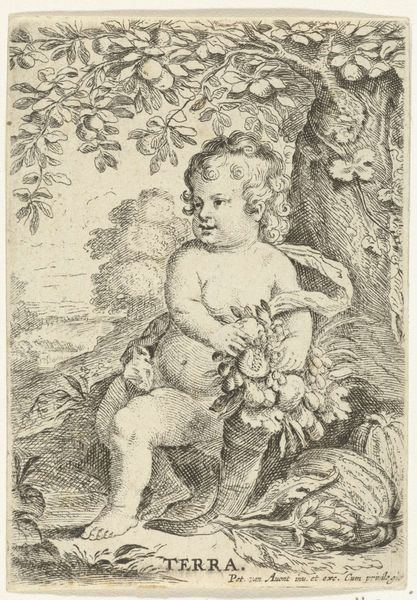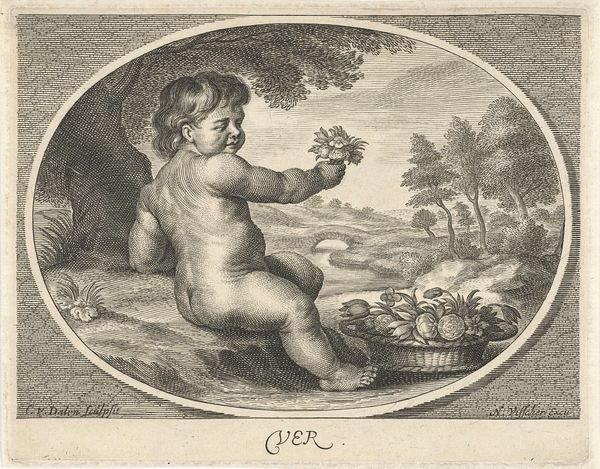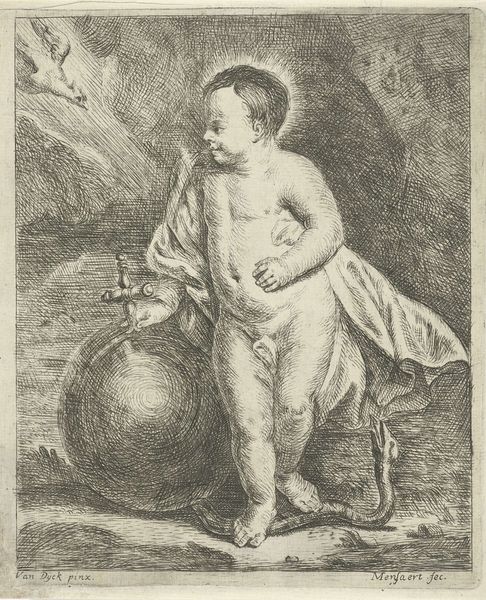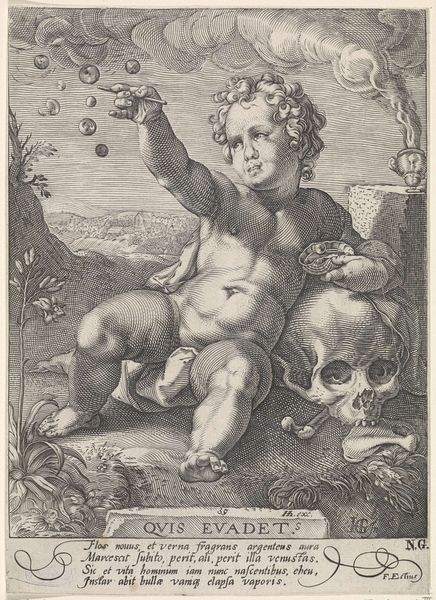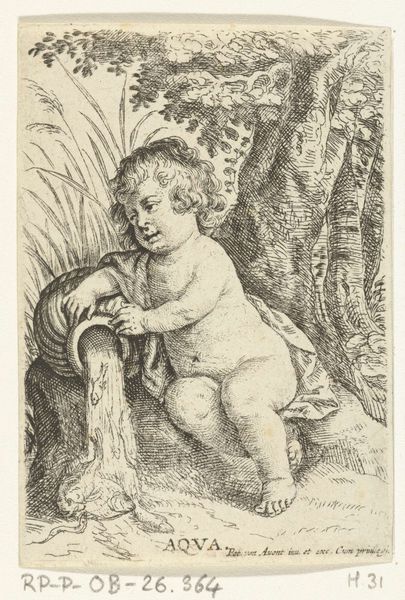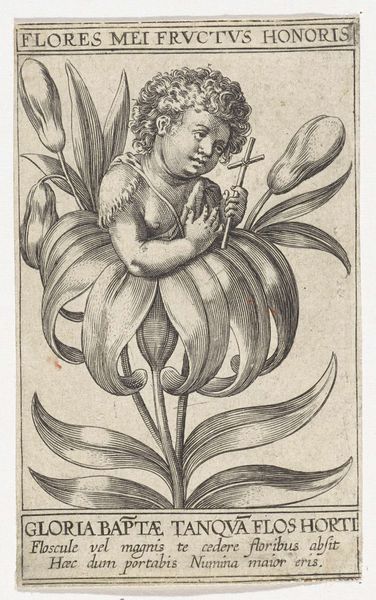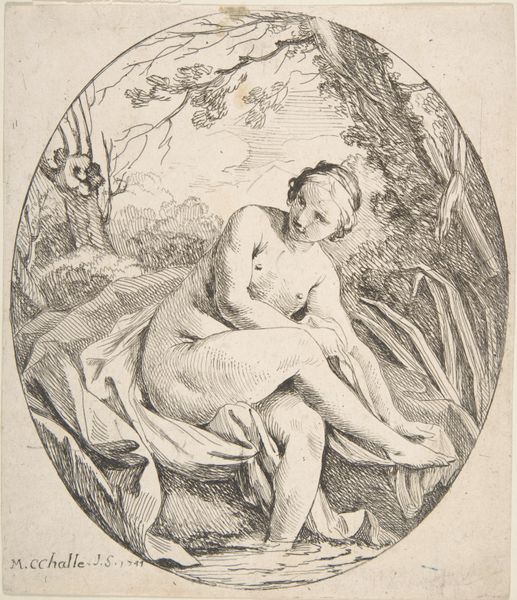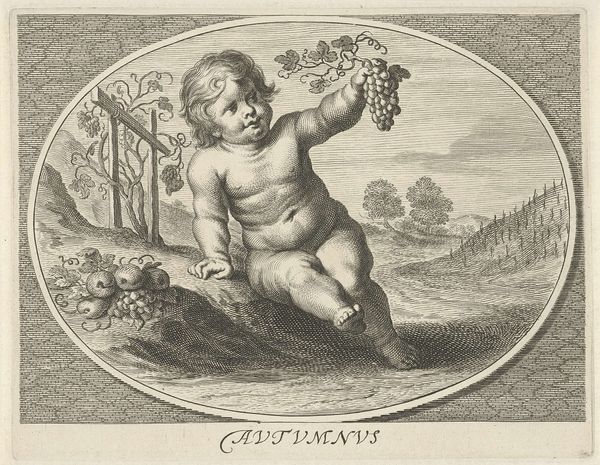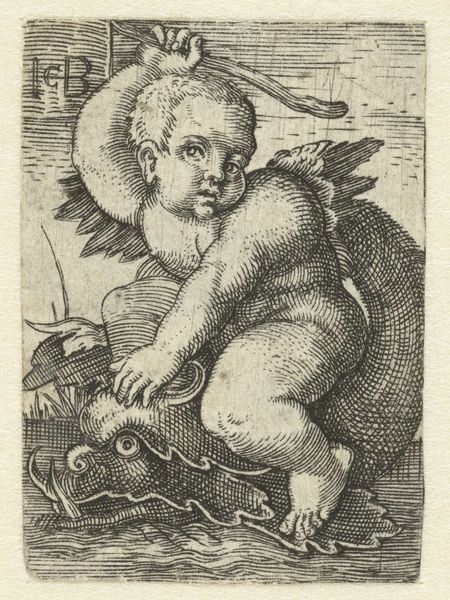
engraving
#
allegory
#
baroque
#
landscape
#
figuration
#
line
#
engraving
Dimensions: height 93 mm, width 66 mm
Copyright: Rijks Museum: Open Domain
Editor: We're looking at "Aarde," or "Earth," an engraving by Pieter van Avont, created sometime between 1622 and 1652. The allegorical subject and detailed line work gives the artwork a precious and sophisticated aura. What cultural messages were associated with this image at the time? Curator: This piece represents "Terra," Earth, through the figure of a child, surrounded by nature's bounty. How do you think viewers then understood allegory within a shifting European society? Editor: It seems to speak to a return to nature and a connection with the land, though perhaps in a highly idealized way for people of the time. Curator: Precisely. Representations like this played a role in shaping identity. Earth isn't just soil, it signifies territory, and ownership thereof. Note how the child, a universal symbol, lends authority and a sense of innate right to that ownership. How might different social classes have received this message? Editor: The elite, already owning land, might see confirmation of their status. Those dispossessed might feel excluded from the bounty displayed. Curator: Exactly. The political impact of imagery shouldn't be underestimated, influencing contemporary views of global commerce. Look how nature's abundance suggests the reach, scope, and also potential of colonial exploitation. Does knowing that affect your perception of the piece? Editor: Definitely. It casts the innocent cherub in a less innocent light, illustrating the power of art to naturalize societal structures. Thank you for illuminating how period views can completely revise our own perception. Curator: Indeed. And reflecting on those contemporary views can alter one’s modern sensibilities.
Comments
No comments
Be the first to comment and join the conversation on the ultimate creative platform.
